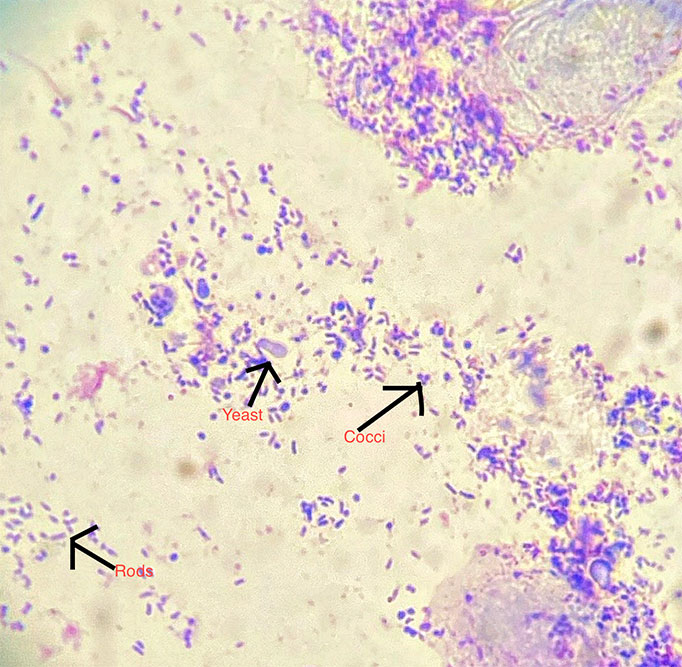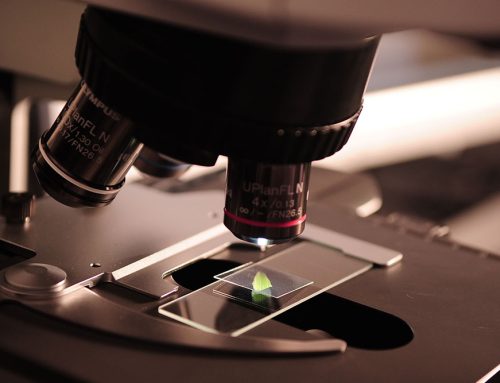Shaking head, holding head to one side, sensitive to the touch, or obsessive ear scratching may indicate that your pet has an ear infection. Ear infections are a common cause of veterinary visits, especially during warmer months and changing of seasons. Whether your pet has had many ear infections in the past or has never had one and is showing signs of one, it is critical to bring your pet in for a veterinarian to do a full examination.
Importance of veterinary visits for an potential ear infection:
First the veterinarian will want to evaluate the superficial part of the ear (the pinna), the vertical canal, the horizontal canal, and the ear drum. Each part of the ear examination tells the veterinarian the severity of the ear infection. Some ear infections need more than cleaning and topical medications. A severe enough ear infection will need the assistance of oral antibiotics and in some cases pain medications.
The other imperative part of the ear exam for the veterinarian to diagnose a pet is the cytologic examination of any ear discharge, which is present in almost all ear infections. Without doing a cytology, it is impossible to indisputably indicate what microorganisms are harboring in the ear. In a cytology veterinarians are looking for either or all of the following: yeast (Malassezia spp.), cocci (Staphylococcus, streptococcus, enterococcus), rods (pseudomonas, proteus, Escherichia coli, Klebsiella, Corynebacterium), white blood cells (indicating that the body is trying to heal itself in severe infections), epithelial cells, and in some cases ear mites. The determination of what is living in the ear canal in conjunction with the otic examination will indicate the best treatment protocol for each patient. Below is an example of what a veterinarian sees upon cytologic exam:
Progress exams after the initial diagnosis are essential to completion of a treatment protocol. Even if a pet is no longer bothered by their ears or it does not look bad superficially (under the ear flap), microorganisms still may be present enough to cause the ear infection to flare. Additional ear cleaning or medications may be needed to resolve the ear infection entirely.

Tips to help avoid ear infection visits:
Always clean pets ears after any bath or swimming activities. When water gets caught in the horizontal canal and is not cleaned out with an ear cleaner that allows the water to evaporate, it more than likely will cause an ear infection.
Be vigilant about allergies. If your pet has allergies, ear infections are often recurring. Pets with allergies who are not receiving treatment are at a higher risk for ear infections.
For pets with hairy ears, excessive hair in the canal can trap moisture and cause an ear infection. If your groomer does not perform ear pluckings, schedule a technician visit to have ears plucked and cleaned.







Leave A Comment